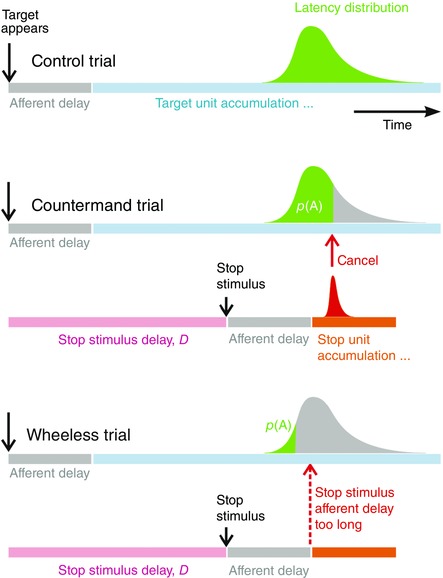Figure 5. Timing relationships in countermanding and Wheeless trials .

Top: countermanding. After an afferent delay, assumed the same as for the original stimulus, a stop stimulus initiates a stop process that cancels the responses that would otherwise have occurred (grey area), leaving behind a proportion p(A) of trials that remain uncancelled (black). Bottom: wheeless. Even if the stop process is taken to be infinitely fast (dotted arrow), if the two afferent delays are assumed identical, it is impossible to explain the small proportion p(A) of A responses actually observed (black). It must be concluded that the afferent delay for the stop process is shorter than that for Go.
